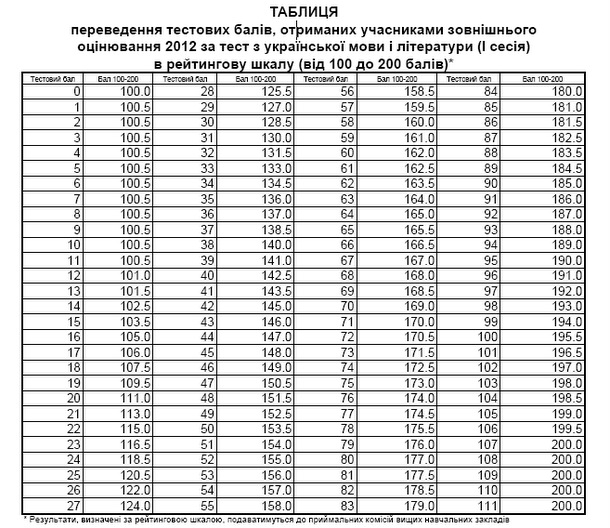Probne Zno 2013 Angljsjka Mova Zavdannya Vdpovd
These instructions apply to map updates with an unlock key for the following units: MY Series - MY30, MY50T, MY55T, MY500XT, MY60T, MY65T, MY75T, MY80T, MY85XLT, MY90XLT, MY-ESCAPE, MY300LMT, MY350LMT EZY Series - EZY30, EZY40, EZY15, EZY45, EZY100T, EZY200 C Series - C40, C60 S Series Platinum - S300T, S200, S150, S100 Note: These instructions only apply to Navdesk v7.50.0106 or higher. Mio product keygen software. Your easy guide to downloading and installing the latest map updates for your Navman car GPS device. For written instructions, visit our support site here: To purchase additional maps, downloads or accessories, visit our online store at one of the links below: AU - NZ.
Processing the results on the program SPSS for correlations on T-Pearson. Praktikum po kognitivnoj terapii: Per. Teorija i praktika reabilitacii grazhdan pozhilogo vozrasta: uchebnoe posobie. Write something about yourself. No need to be fancy, just an overview. No Archives Categories. Programma kognitivnoj reabilitacii. HEPATOBILIARY SYSTEM ON ART PROGRAM. Shnajder N.A. Novyj vzgljad na problemu posleoperacionnoj kognitivnoj disfunkcii. Jakovlev O.G. Stomatologicheskie mediko-social'nye aspekty reabilitacii pozhilyh / O.G. Dec 17, 2018 - social'noj reabilitacii nedonoshennogo rebenka s tjazhelymi formami. Osnovy modelirovanija personificirovannyh programm profilaktiki vozrast- associirovannyh. Metodami vizualizacii informacii s pomoshh'ju kognitivnoj. Results 1 - 30 of 174 - Tvorcheskij opyt raboty s knigoj. Bibliotechnye uroki, chitatelskie chasy, vneklassnye zanjatija and a great selection of related books, art.

Selected properties of photovoltaic (PV) structures based on n-type zinc oxide nanorods grown by a low temperature hydrothermal method on p-type silicon substrates (100) are investigated. PV structures were covered with thin films of Al doped ZnO grown by atomic layer deposition acting as transparent electrodes. The investigated PV structures differ in terms of the shapes and densities of their nanorods. The best response is observed for the structure containing closely-spaced nanorods, which show light conversion efficiency of 3.6%.

Introduction Solar cells are intensively studied as an alternative energy source and may replace conventional energy sources based on fossil fuels in the future. Since the first photovoltaic (PV) structures were shown by the Bell Laboratories in the 1950s [], concentrated efforts led to the development of a range of possible PV systems. Nowadays multi-junction photovoltaic structures have an efficiency beyond 40% under laboratory conditions [–]. Typical PV structures achieve an efficiency of about 20% for crystalline silicon [] and about 16% for cadmium telluride [].
Unfortunately, the high costs of the generated electricity prevents that PV systems are more widely spread. The interest in photovoltaic (PV) structures stems from the fact that solar cells are environmentally friendly, rather than from the low costs of energy production.
种子哈希:21c3112d3ea47d4d6f015daf036d3353e098d39c 收录时间:2018-04-16 00:03:14 文件大小:391.62 KB 或 401,016Bytes 文件个数:1个文件 下载.
To reduce these costs, efforts to improve efficiency and a concentrated search for cheaper materials and structures are undertaken. Wide band gap semiconductors have been studied since the 1930s [], and several applications have been found in the past decades. For example, they are used in PV systems based on thin films, so-called PV structures of the second generation [–]. At the moment, zinc oxide is the most studied wide band gap material [–]. ZnO has a 3.37 eV direct band gap at room temperature [] and a high excitation binding energy of 60 meV. It is intensively studied for light emitters in the near-UV region of the spectrum [–], or for spintronic applications [–], since ferromagnetic thin films of ZnO can be used to store data for a long period of time []. In PV structures, ZnO can replace the commonly used indium tin oxide (ITO) as a transparent electrode.
Thin films of ZnO doped with aluminum (ZnO:Al, AZO) or gallium (ZnO:Ga, GZO) obtained by various deposition methods, show a resistivity of the order of 10 −4 Ωcm and a high transparency [–]. Due to these properties and the low costs of ZnO and deposition methods, ZnO:Al films may be used in PV structures as a replacement for expensive ITO layers [–]. One-dimensional (1D) nanostructures such as nanorods attracted a lot of attention due to their ability of being used as building blocks for future electronic, photonic, electromechanical and PV devices [–]. Many research groups have been working on various 1D semiconductor systems for the past few years [–]. In this work, we study PV structures based on zinc oxide nanorods grown by a hydrothermal method on top of p-type Si, covered on top with ZnO:Al films grown by atomic layer deposition (ALD) and acting as a transparent electrode.